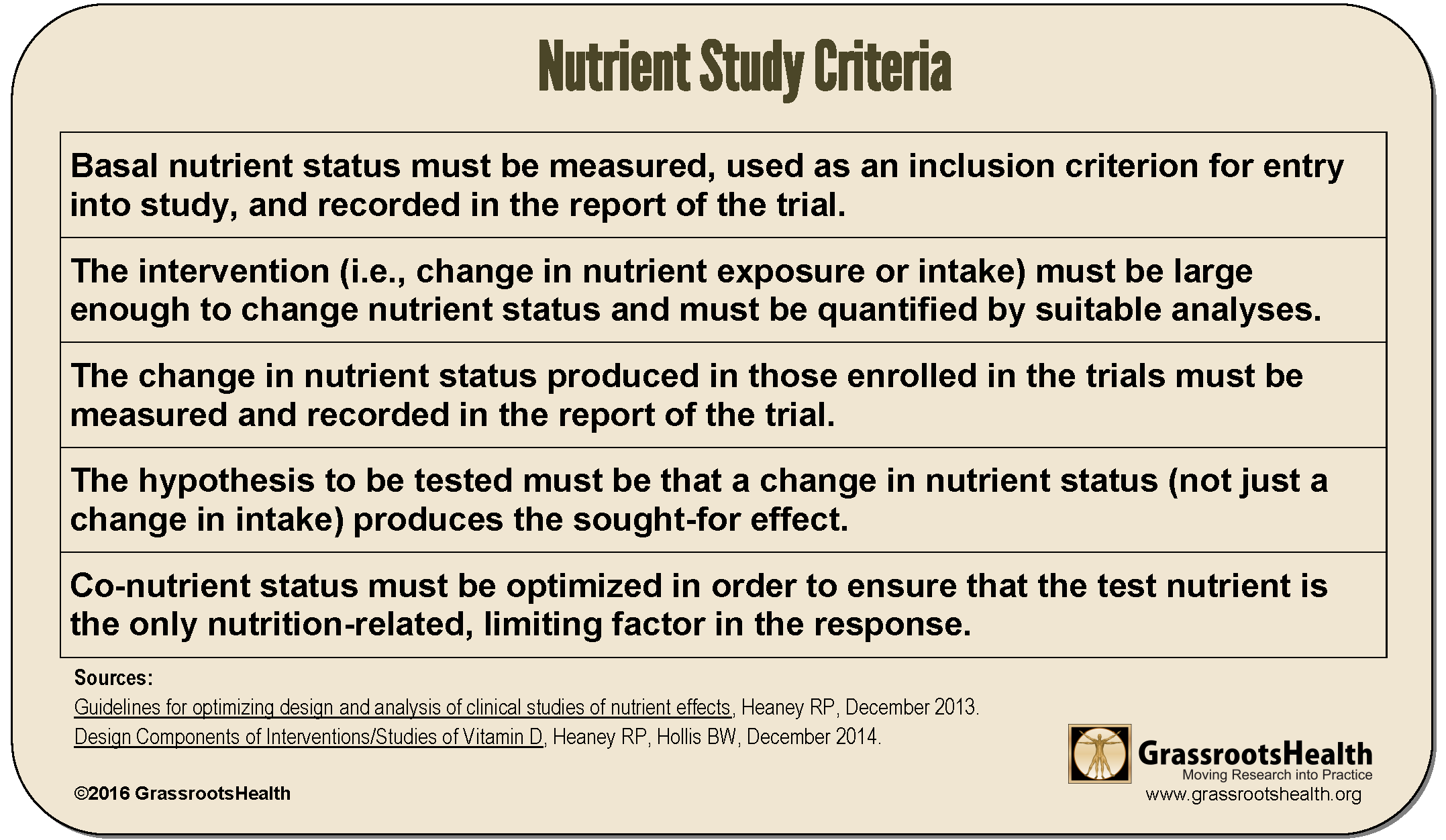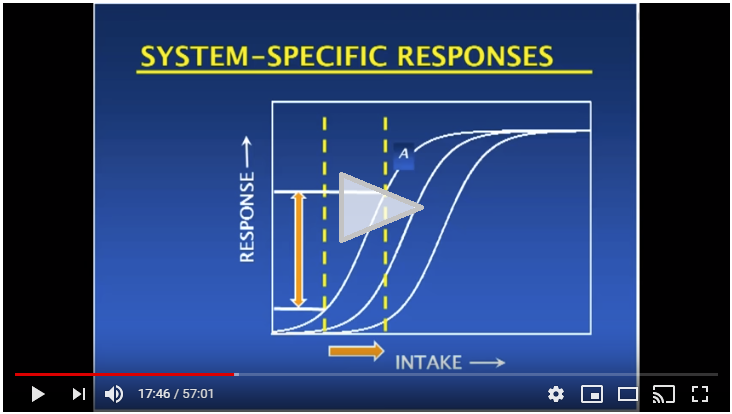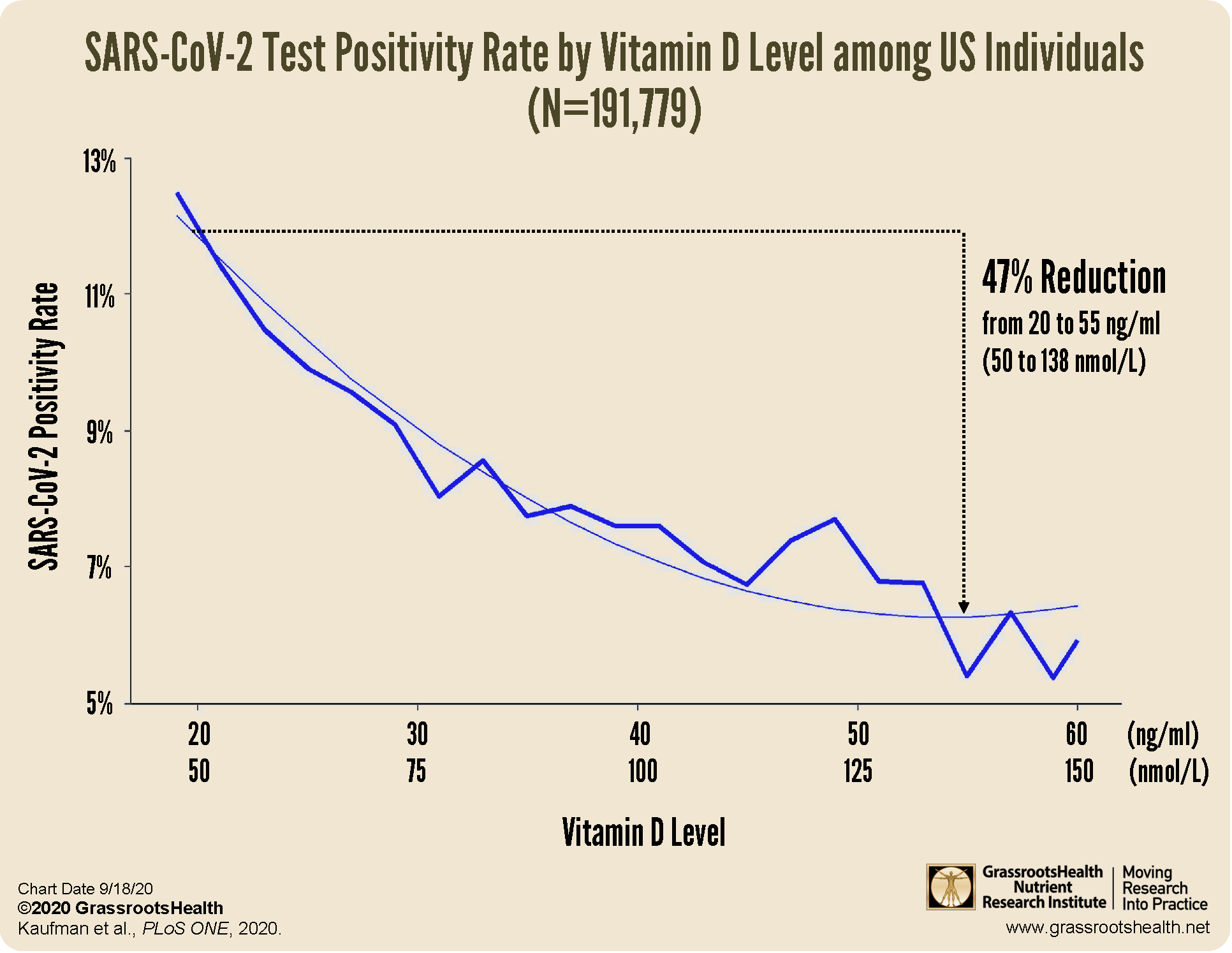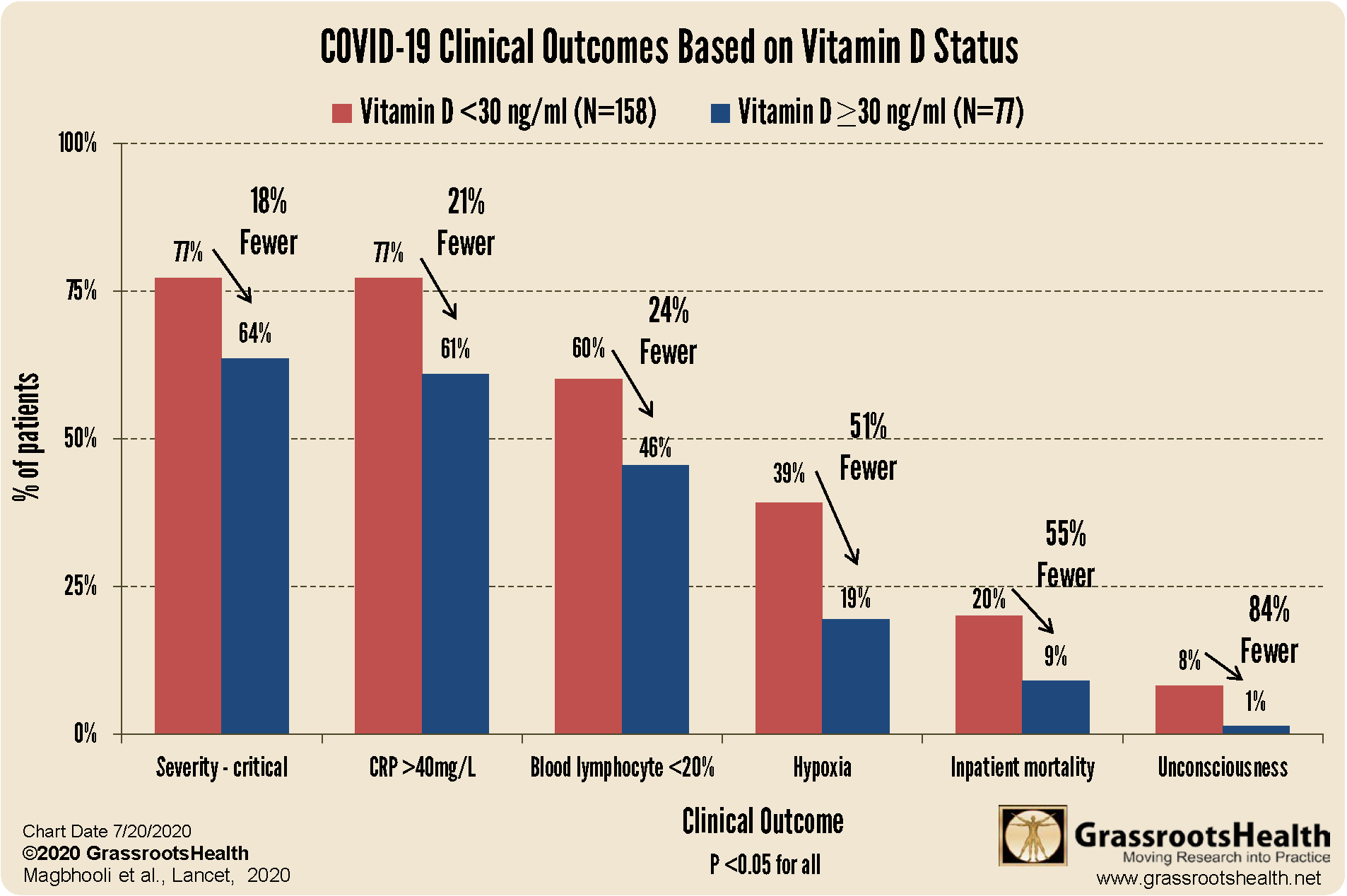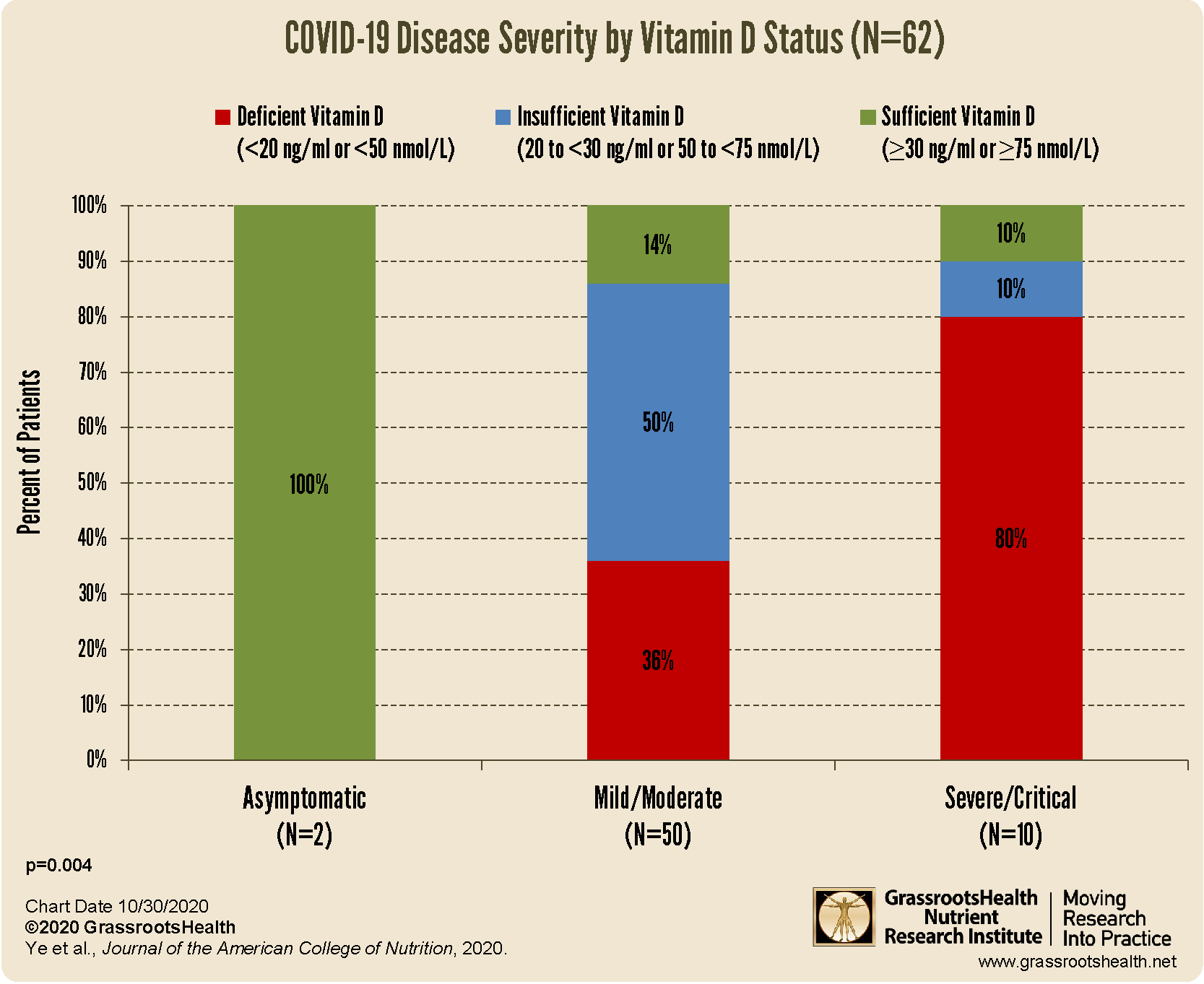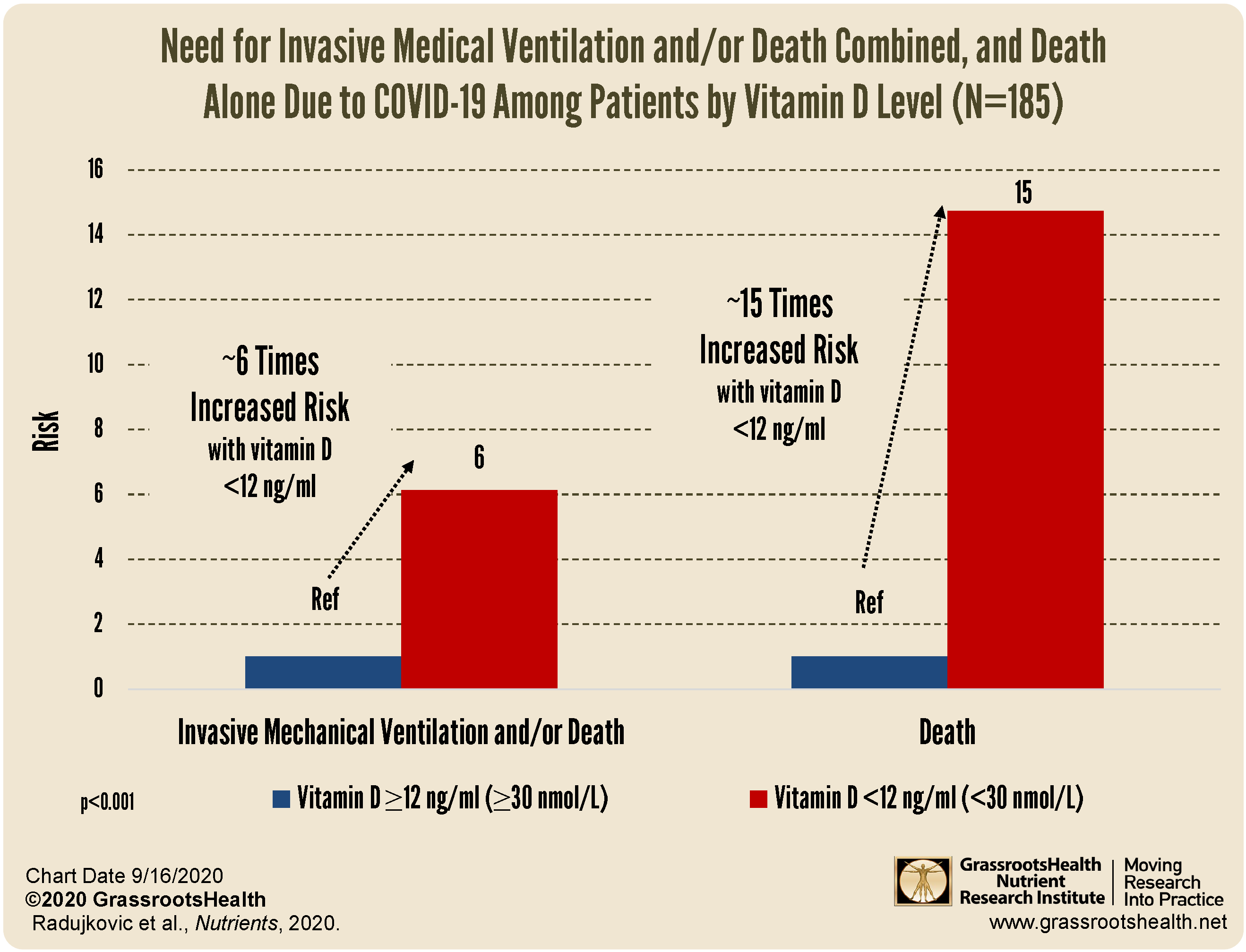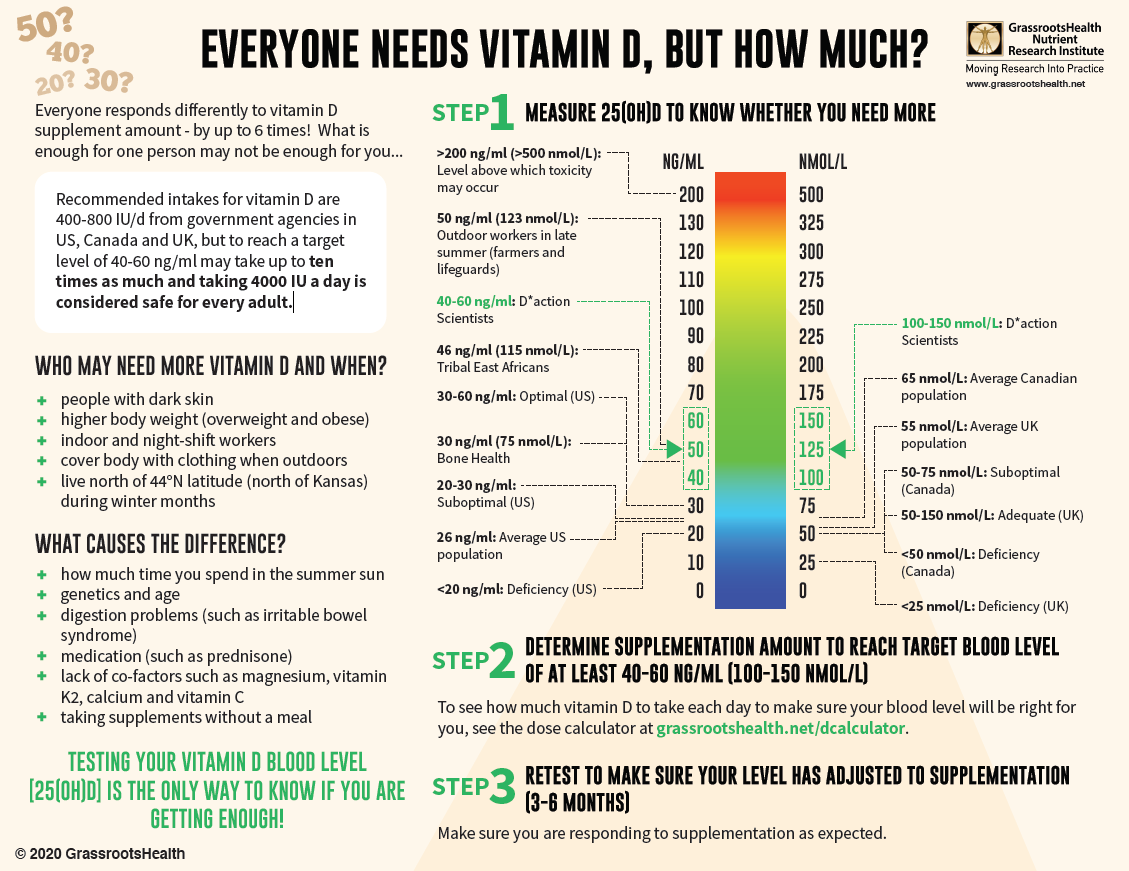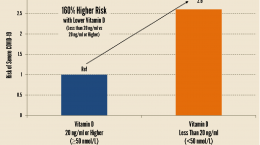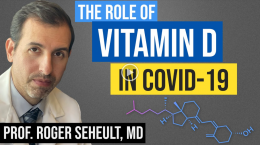Published on December 14, 2020
What is a randomized controlled trial, and is it the best type of research for the effect of nutrients on health outcomes?
There are many different types of nutrient research studies, including randomized controlled trials, cohort studies, case-control studies, and cross-sectional studies. In this blog series we have been exploring key concepts including study types and statistics to help you better understand research results. In previous posts we discussed how the amount of disease is measured within a population and dove into study significance and the p-value. In this post we will focus on a particular study type, randomized controlled trials, and how this type of research study fits into nutrient research.
What is a randomized controlled trial?
 A randomized controlled trial (RCT) is a study in which participants are randomly assigned to one of two or more interventions. One of the interventions is the “control” group which is either a placebo (or no intervention), or the current standard treatment. RCTs compare a specific outcome, such as a cancer diagnosis, between treatment groups. RCT methods may include blinding, which means that neither the participants nor the researchers know who is assigned to the treatment, and randomization, which means that participants are equally distributed between the groups. Other factors that could affect the outcome between the groups, such as age and BMI, are accounted for by the randomization process so that they are evenly distributed in both groups to minimize forms of bias.
A randomized controlled trial (RCT) is a study in which participants are randomly assigned to one of two or more interventions. One of the interventions is the “control” group which is either a placebo (or no intervention), or the current standard treatment. RCTs compare a specific outcome, such as a cancer diagnosis, between treatment groups. RCT methods may include blinding, which means that neither the participants nor the researchers know who is assigned to the treatment, and randomization, which means that participants are equally distributed between the groups. Other factors that could affect the outcome between the groups, such as age and BMI, are accounted for by the randomization process so that they are evenly distributed in both groups to minimize forms of bias.
The primary analysis from an RCT is intent-to-treat (ITT). ITT assesses the effect of the treatment, or the proportion who developed the disease, according to when they were in the treatment group or the control group (regardless of treatment “compliance,” or whether or not they adhered to the treatment as instructed).
RCTs may also report results of per-protocol analyses, which means the results only include the participants who completed the treatment assigned. The statistic used to compare the effect between groups is typically the risk ratio, or relative risk.
Are RCTs the best study design for nutrients?
RCTs are efficient ways to evaluate the effects of a drug – something that is not present in the human body unless taken. An RCT effectively compares people taking that drug to people not taking the drug to find out whether it influences if they get a disease or if their disease improves. If there is no effect, the treatment group results are similar to the control results. If there is a significant effect, the treatment group has significantly less disease or better outcomes.
Unfortunately, the RCT design is often not optimized for nutrients. Nutrients, such as vitamin D, are always present in the human body so a control group is not feasible, nor is it ethical. Many RCTs of nutrient effects are poorly designed which could lead to a finding of “no effect,” or a “null” result. This means that there was no difference in the results between the treatment and control group. How do we deal with this problem?
The Heaney Criteria for Nutrient Studies
Dr. Robert Heaney published specific design and analysis guidelines based on nutrient physiology to improve the accuracy and consistency of results. These guidelines are summarized below.
These consist of only including those who are nutrient deficient at the start of the study, providing a large enough dose to achieve a sufficient status, and optimizing co-nutrients. For example, if these guidelines are not followed, the participants in the treatment group may end up having similar nutrient levels as the control group and we would expect the results to be “no effect.” Additionally, even a well-designed nutrient RCT will be limited by the ethical obligation to ensure that participants do not remain deficient, even in the placebo arm, and therefore many lack the needed reference group for comparison.
It is important to keep in mind when reviewing nutrient studies that the design is important. A null result means no effect was detected, but it is not the same as a negative result. This may sound confusing, but a trial that is poorly designed for a nutrient only limits the ability to detect an effect, it cannot conclude that the nutrient has no effect.
Watch the Webinar for a Better Understanding
Remember, before accepting a nutrient research study’s conclusions, it is always important to first evaluate the study to see if it met each of the Heaney Criteria, especially if the study’s results were not what was expected. For a better understanding of the ongoing problem with nutrient research, we encourage you to watch the video presentation “Nutrition and Medicine: The Troubled Relationship” with Dr. Heaney.
What does the Research Say about Vitamin D & COVID-19?
It’s TIME to start saving lives! If you can help PREVENT the majority of the death, it’s time! What’s it costing you/us not to take action NOW?
There is much published research that supports a clear link between vitamin D and COVID-19 showing that higher vitamin D levels are related to:
a decreased risk of testing positive for COVID-19
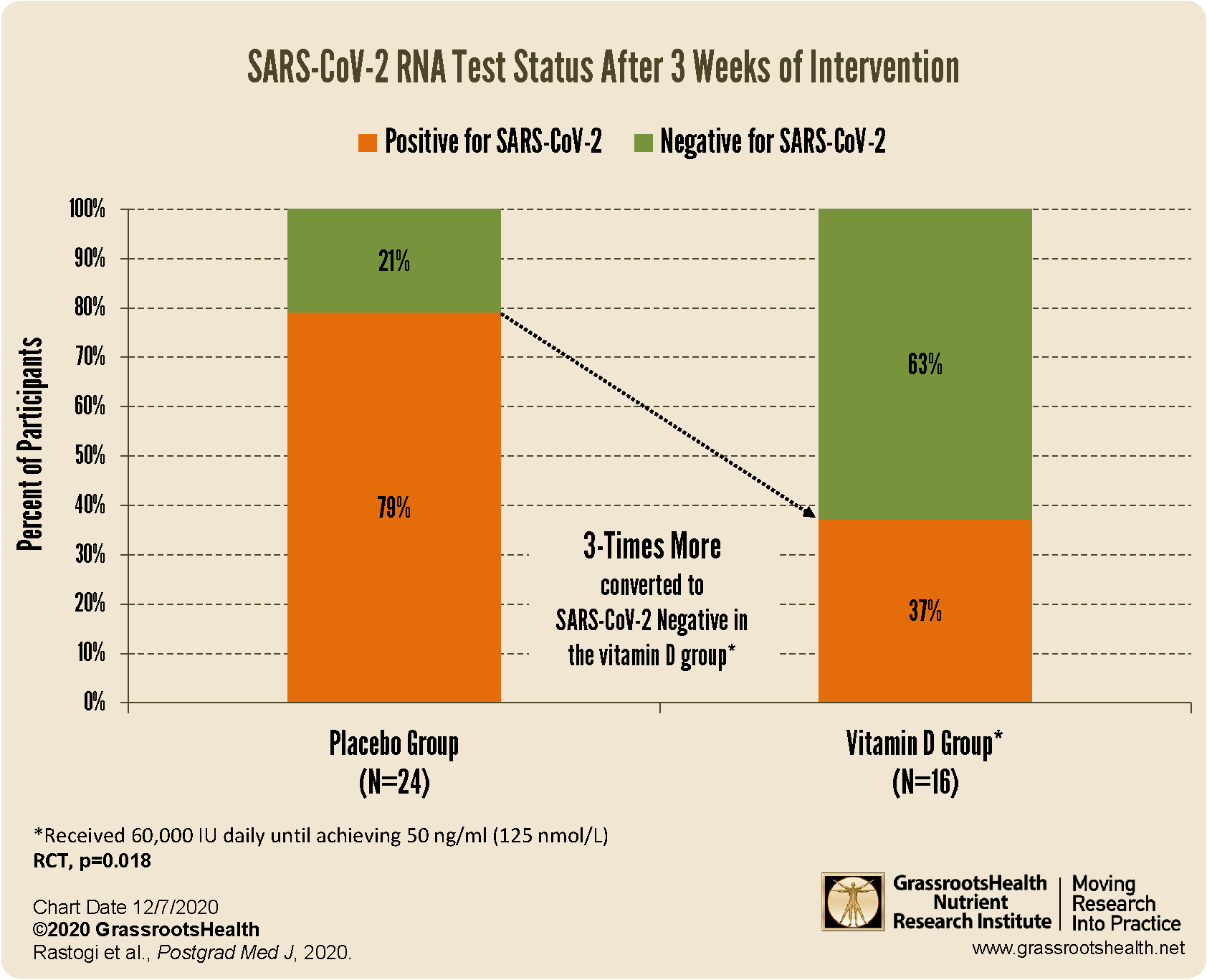 increased viral SARS-CoV-2 RNA clearance
increased viral SARS-CoV-2 RNA clearance
better clinical outcomes among patients with COVID-19
decreased risk of death due to COVID-19
Everyone needs vitamin D! Here’s how to tell how much you might need, and who may need more – people who are overweight or who have darker skin are among those at increased risk of deficiency.
Be sure to educate yourself on the benefits and importance of vitamin D for immune health, and take steps to ensure you and your loved ones are getting enough.
You can review all of the COVID-19 and immune health information we have shared on this page.
Ensure Vitamin D Levels of 40-60 ng/ml (100-150 nmol/L) for You, Your Children, Loved Ones
Correcting a vitamin D deficiency at any age and any time of life decrease potential disease severity and improve outcomes! Test your vitamin D level today, learn what steps to take to improve your level, and take action to achieve and maintain a vitamin D level of 40-60 ng/ml (100-150 nmol/L).
Using the GrassrootsHealth Custom Kit Builder, you can create a test kit that measures your status of vitamin D and other important nutrients (such as omega-3s, zinc and magnesium), as well as your CRP level to measure inflammation. Click here to build and order your test kit today – measure your status and take the steps necessary to improve them if needed; make an impact on your health today and for your future! When you know what your levels are, you can determine next steps to take and how much supplementation may be needed if you are not at your target levels.
Enroll now with the Full Immune Boost Panel (which includes tests for vitamin D, Omega-3 Index, magnesium, zinc, selenium, copper, and hsCRP), and get 10% off when you use coupon code BoostTen at checkout.


